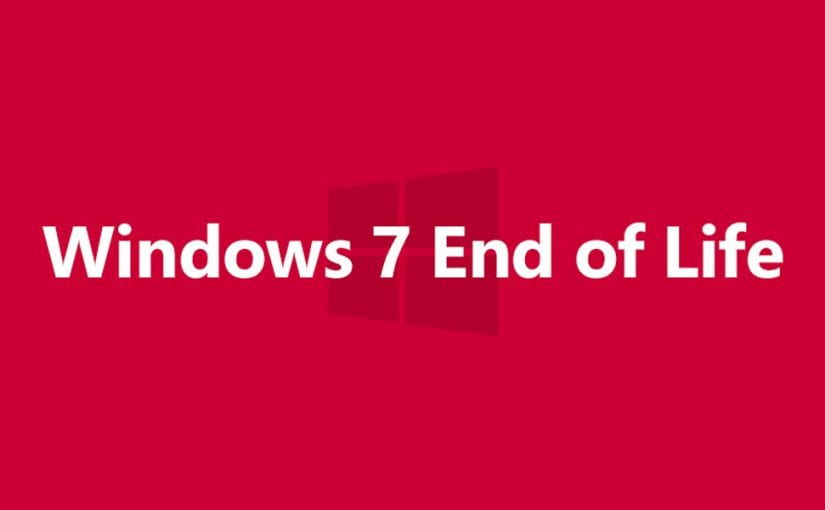![]() We’ve mentioned multiple times that Windows 7 will reach its support end-of-life date on January 14, 2020, and we have been making progress on upgrading all of our PCs at SMU to Windows 10.
We’ve mentioned multiple times that Windows 7 will reach its support end-of-life date on January 14, 2020, and we have been making progress on upgrading all of our PCs at SMU to Windows 10.
While that’s good for us on campus, what about our personal computers at home? For those devices, you’re on your own, but here are a few tips for you if you are still running Windows 7 at home and are ready to upgrade.
Will My Computer Even Run Windows 10?
The biggest question when upgrading to a new operating system is whether or not your old computer is compatible. Thankfully, the system requirements for Windows 10 are pretty modest:
- Processor: 1 gigahertz (GHz) or faster compatible processor or System on a Chip (SoC)
- Memory (RAM): 1 gigabyte (GB) for 32-bit or 2 GB for 64-bit
- Hard Drive (Storage): 32GB or larger hard disk
- Graphics: Compatible with DirectX 9 or later with WDDM 1.0 driver
- Display: 800X600
One point I’d like to make about system requirements is about 32-bit versus 64-bit systems. 64-bit PCs became mainstream several years ago. Apple recently stopped supporting 32-bit completely, and Microsoft may be heading down the same path in the next few years. If your personal computer is a 32-bit device, you will probably want to consider replacing it sooner rather than later.
Backups: Early and Often!
You should really already have backups in place! However, if you don’t, use the easy-to-use built-in backup features in Windows 7 to create a backup for your important data. You can simply use a USB thumb drive or another external hard drive, or you can use a cloud service like OneDrive. While Windows upgrades are mostly a touch-free, straightforward affair, you can never be too careful when it comes to your data.
I heard upgrading to 10 was free. Is that true?
Free upgrades to Windows 10 were available when the OS was first released, but that offer expired back in 2016. However, there have been some reports that free upgrades still seem to work for some people. Your mileage may certainly vary, so try at your own risk on that. All the more reason to back up!
If it turns out that you need to purchase a license, don’t fret! SMU students can get a free copy of Windows 10 at smu.onthehub.com, and faculty and staff can visit OnTheHub to get a deeply discounted license. You may even remember purchasing Windows 7 (or even XP) physical discs from the IT Help Desk back in the day. Sadly, Microsoft no longer provides OIT with physical discs for sale, so that service is no longer available. No matter which method you use to obtain a license, the Windows 10 installer can be downloaded directly from Microsoft.
I upgraded to Windows 10 and my Windows Media Center disappeared. What gives?!
Microsoft has been winding down support for Windows Media Center (WMC), Windows Vista & 7’s TV-friendly media interface, for some time. The feature does not make an appearance in Windows 10, so if you used WMC as a DVR or to watch videos and play music, you will need to find an alternative method. If you used the DVR features, look into obtaining DVR software from the manufacturer of your TV tuner card or use third-party software and/or hardware like Tablo, Amazon Recast, TiVo, or Plex.



